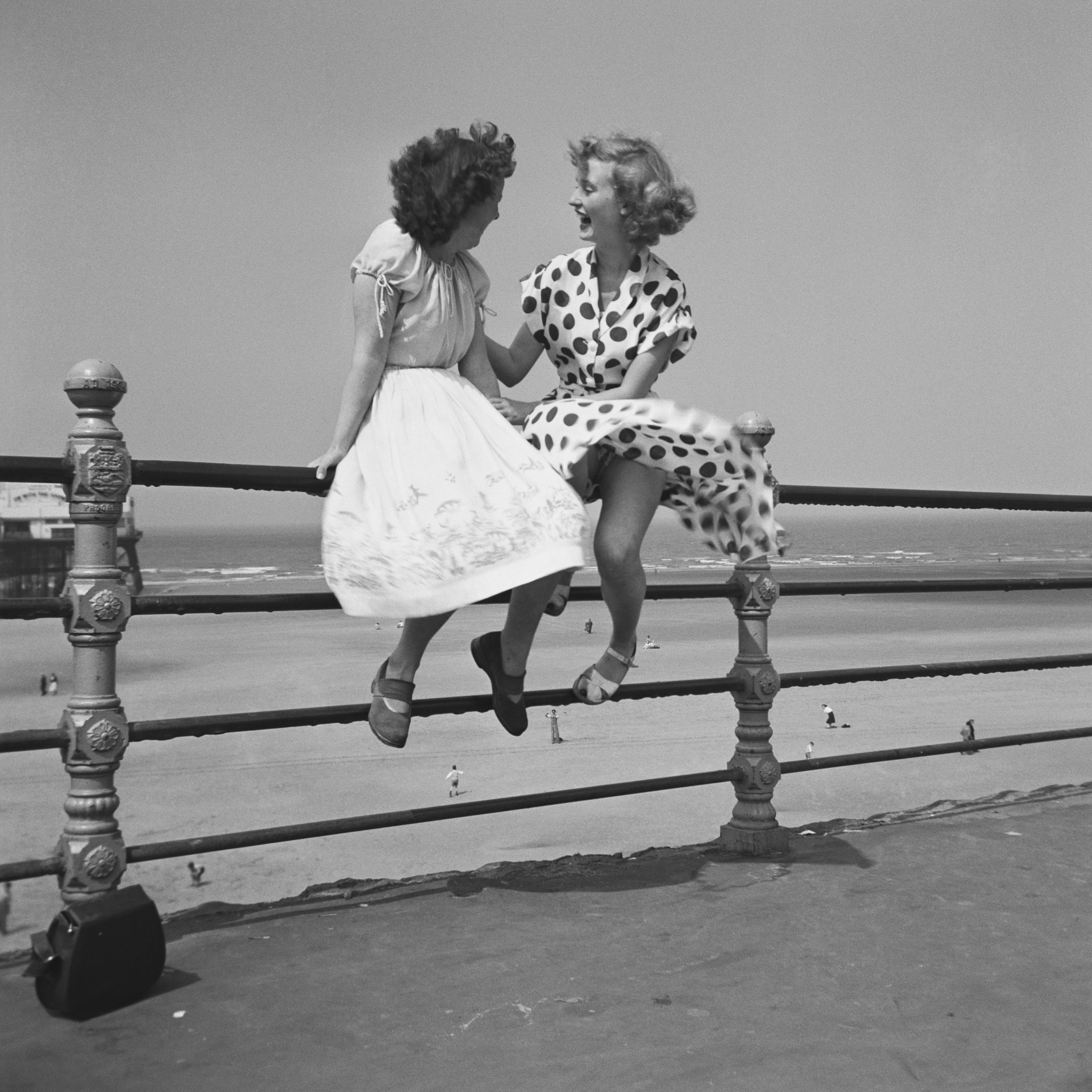
‘The ideal picture tells something of the essence of life. It sums up emotion, it holds the feeling of movement thereby implying the continuity of life.’
These are the words — the philosophy, really — of renowned photojournalist Bert Hardy, who catalogued life at home and abroad in a career that spanned four decades.
Hardy's work is the subject of a new retrospective which opens today — February 23, 2024 — and runs until June 2 at The Photographers’ Gallery, London W1.
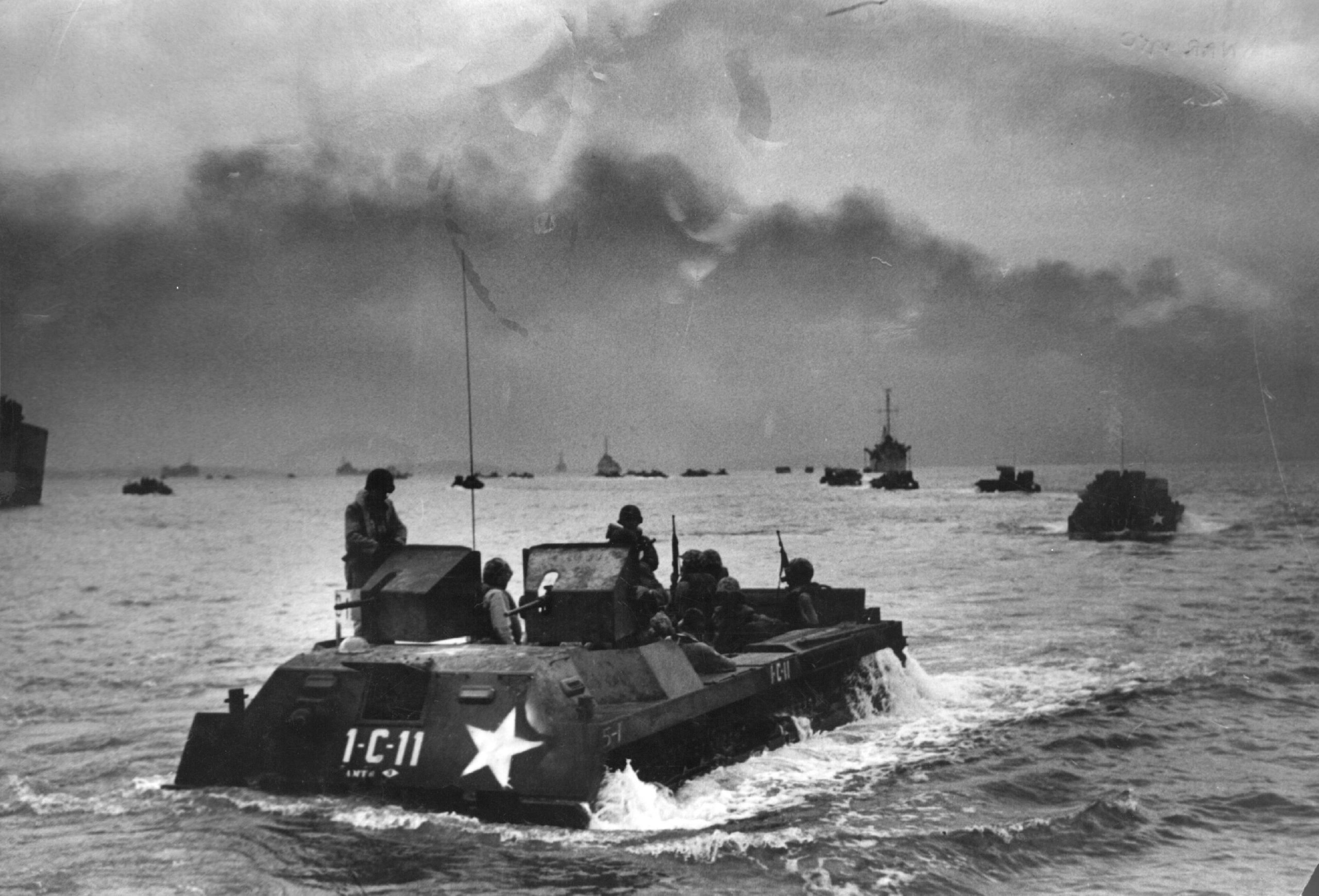
Born in Blackfriars in central London in 1913, the self-taught Hardy started out as a lab assistant before becoming a sports photographer.
He went on to become a well-respected and influential press and documentary photographer, chronicling life with social documentary work across mid-century Britain and European conflicts. ‘Everywhere I look, and most of the time I look, I see photographs,’ he once explained.
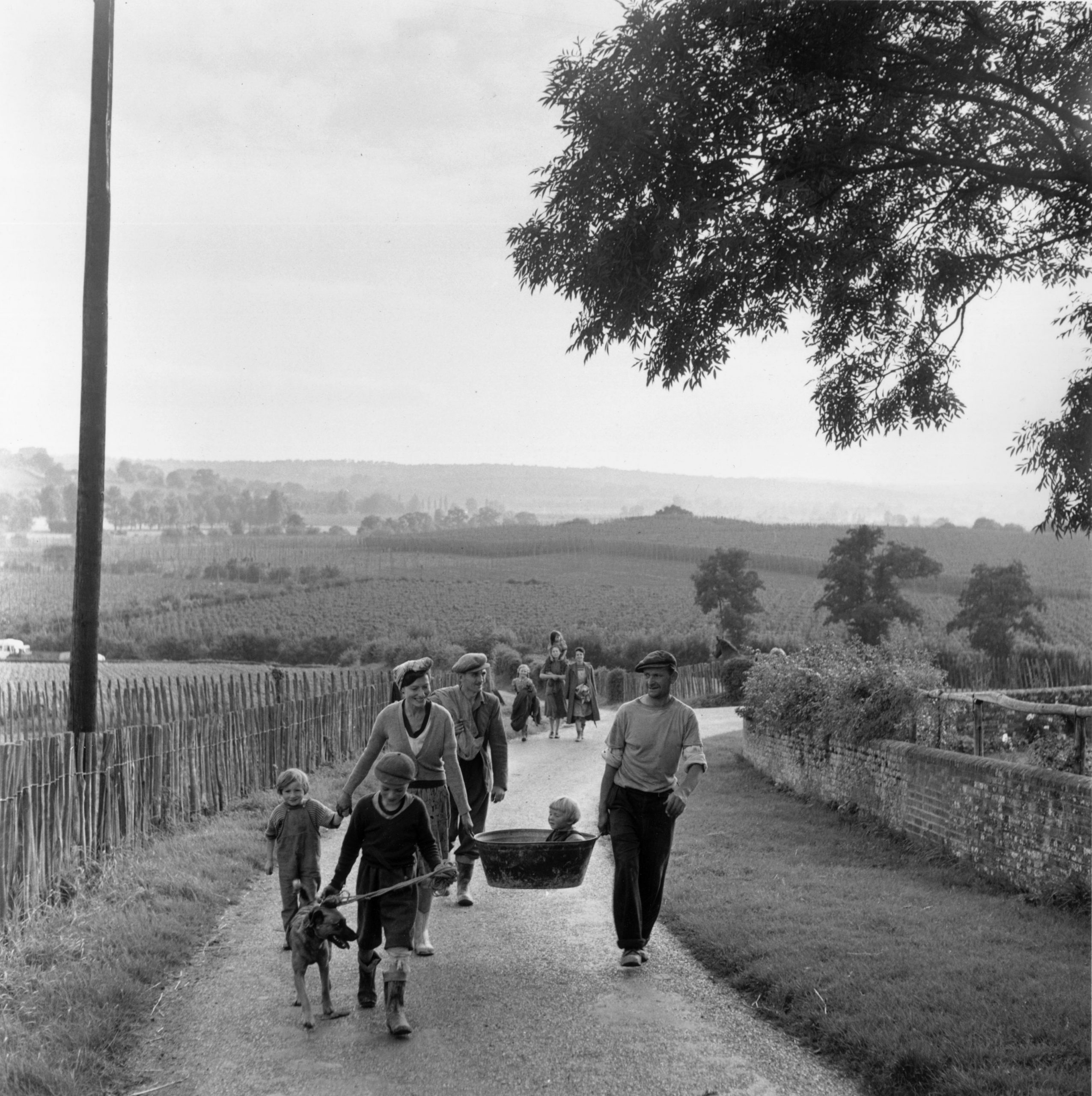
Many of his images came to define later views of the Blitz spirit of 1940, not least his shots of children playing in the rubble of war; and his seaside scenes from the 1950s encapsulated the nation's emergence from the darkest hour.

He enjoyed a long collaboration with Tom Hopkinson, editor of the photography-led publication Picture Post, who described Hardy as 'the nearest to an all-round cameraman I ever worked with.'
Exquisite houses, the beauty of Nature, and how to get the most from your life, straight to your inbox.

The exhibition at The Photographers' Gallery includes plenty of material from his work at Picture Post, but also uses photographs taken during his time in the Army Film and Photographic Unit, including imagery from the Allied push into France in June 1944, and later the liberation of Bergen-Belsen. He also won awards for his work in the Korean War before moving in to commercial work when Picture Post closed in 1957.
Bert Hardy: Photojournalism in War and Peace runs until June 2, 2024, at The Photographers’ Gallery, London W1. Tickets cost £8/£5, though the exhibition is free after 5pm on Fridays. See more details at thephotographersgallery.org.uk
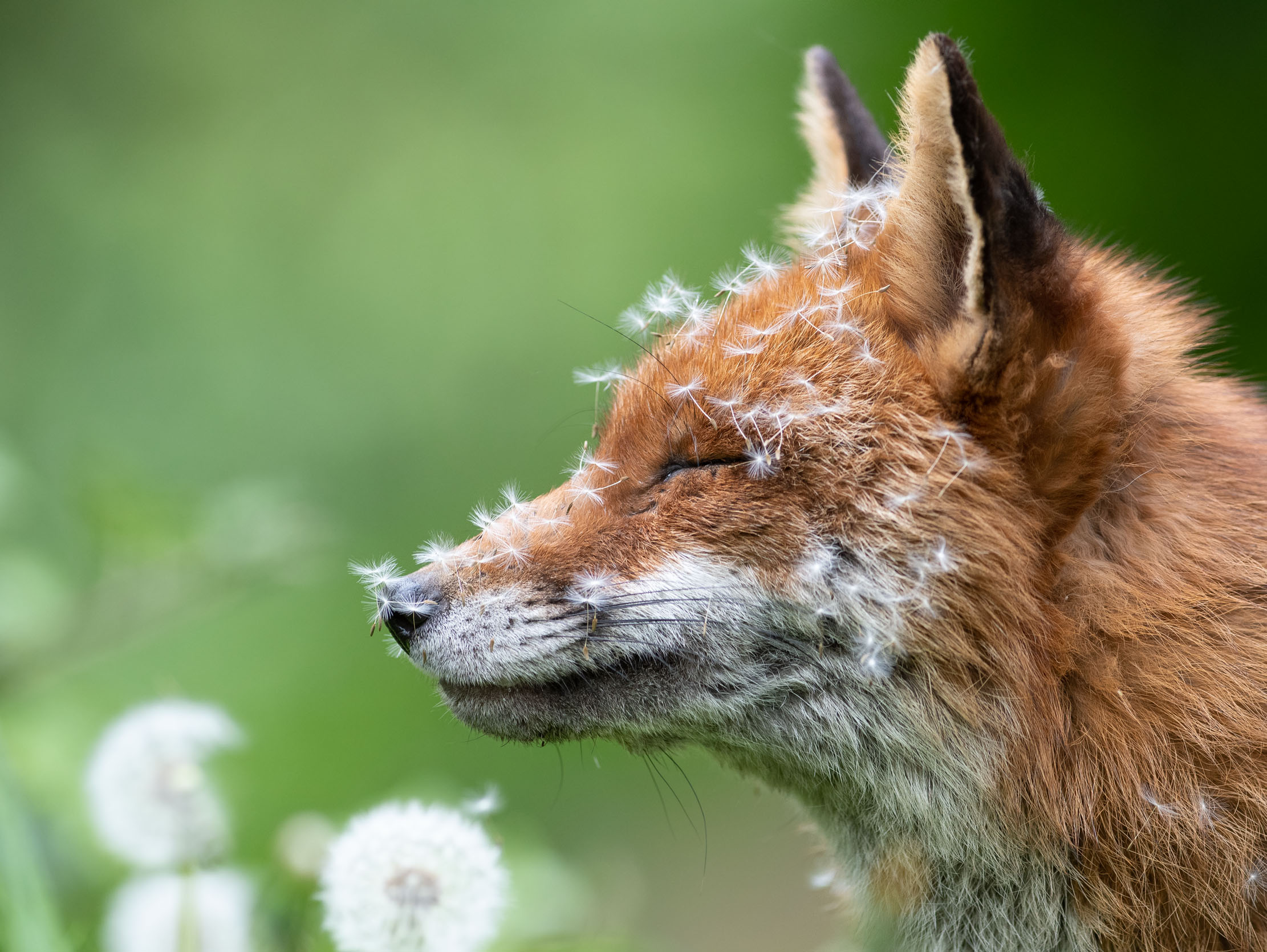
15 of the most incredible pictures from the 2023 British Wildlife Photography Awards
Nature’s fierce beauty emerges forcefully from the 2023 British Wildlife Photography Awards. Our Picture Editor Lucy Ford has the pick

The dazzling interiors event in London that shows how design has the capacity to transform our experience of our daily lives
This year’s WOW!house brings interior design to life. Our interiors guru Giles Kime picks out some of his highlights.

The 25 stunning images shortlisted for Wildlife Photographer of the Year's People's Choice award
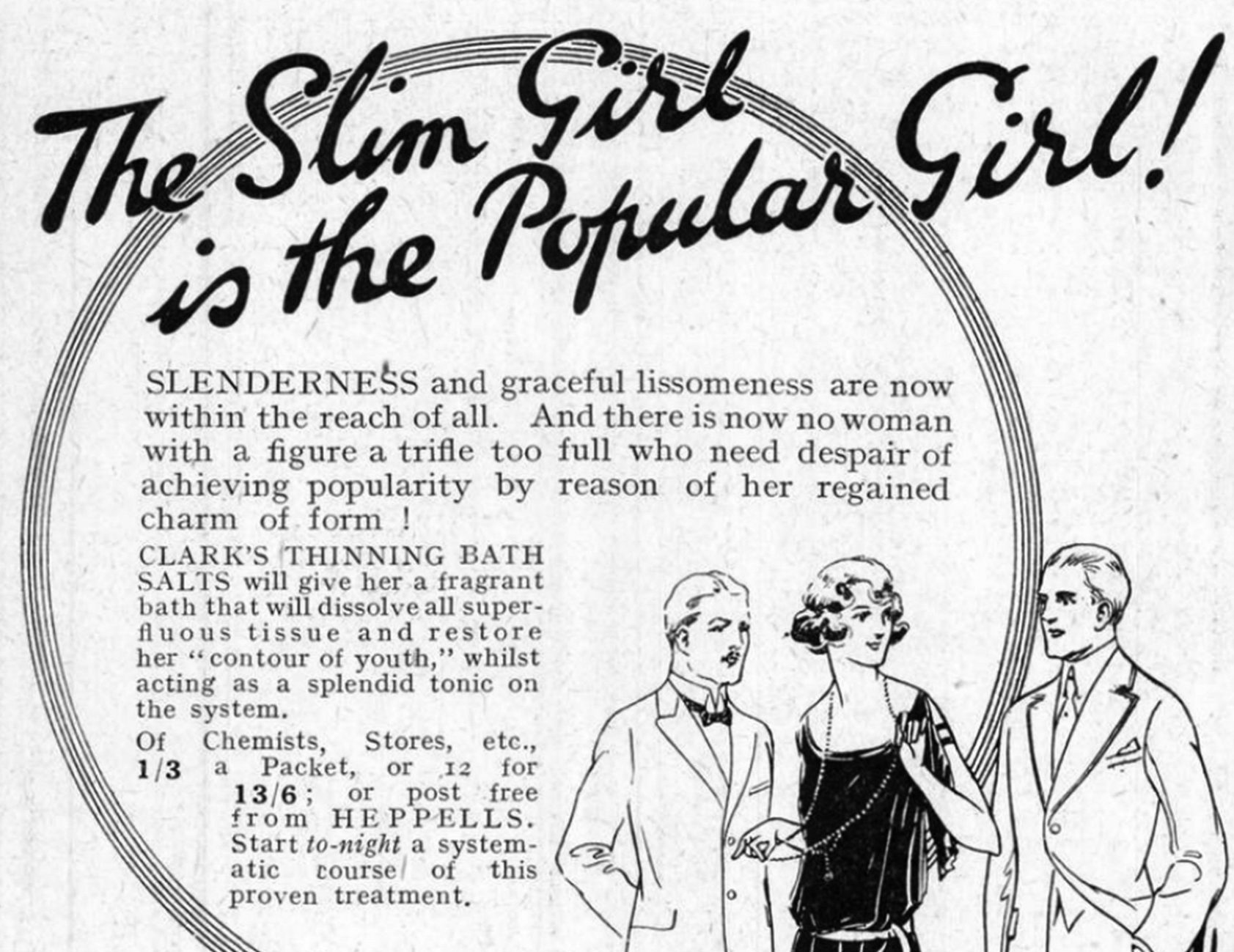
Country Life's best, worst and funniest adverts of 1923, from Burberry and thinning baths to the SUV of a century ago
From telephone-equipped hotel rooms to cars ‘for lady drivers’, the advertisements featured in Country Life in 1923 captured Britain’s evolution
Toby Keel is Country Life's Digital Director, and has been running the website and social media channels since 2016. A former sports journalist, he writes about property, cars, lifestyle, travel, nature.

